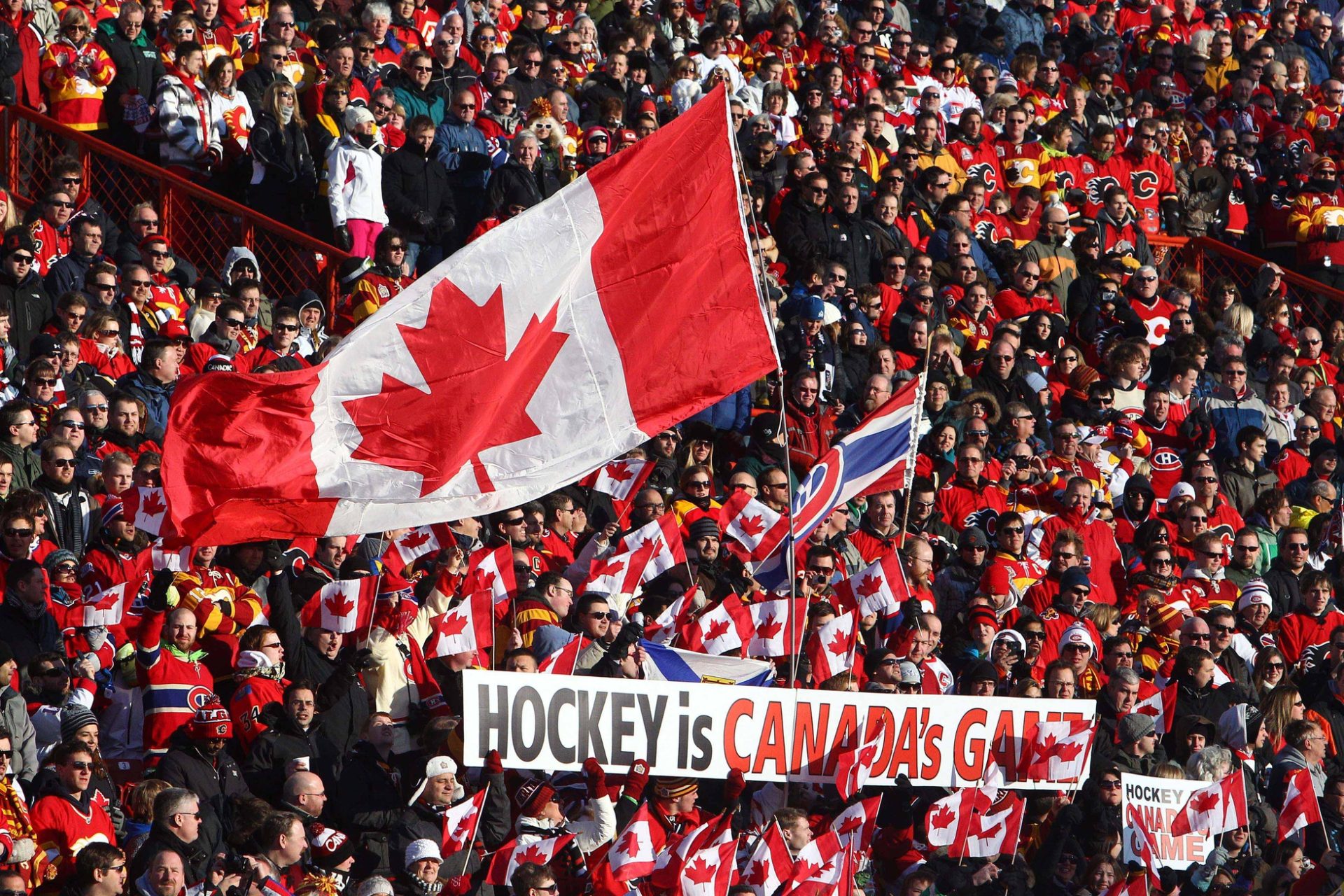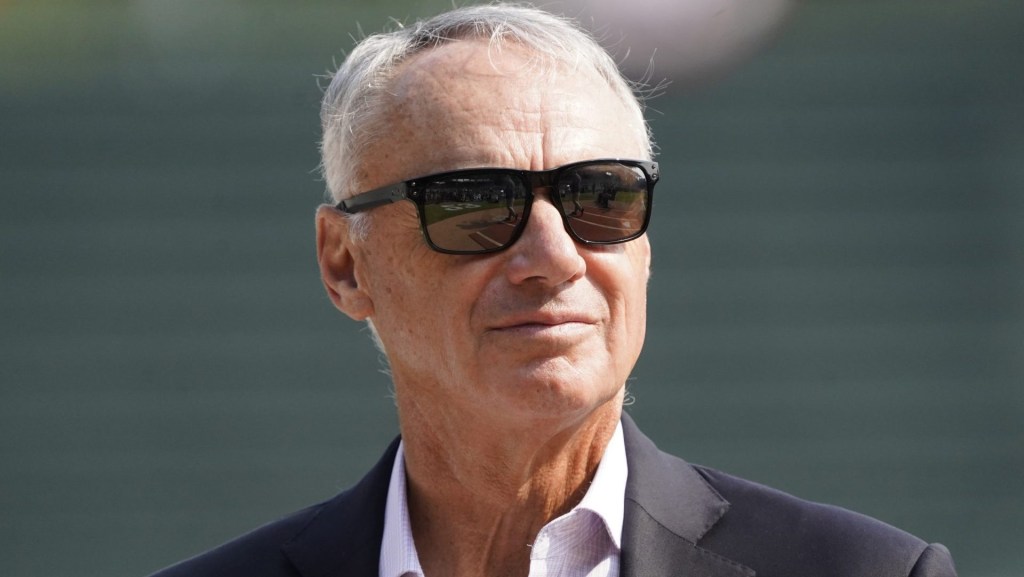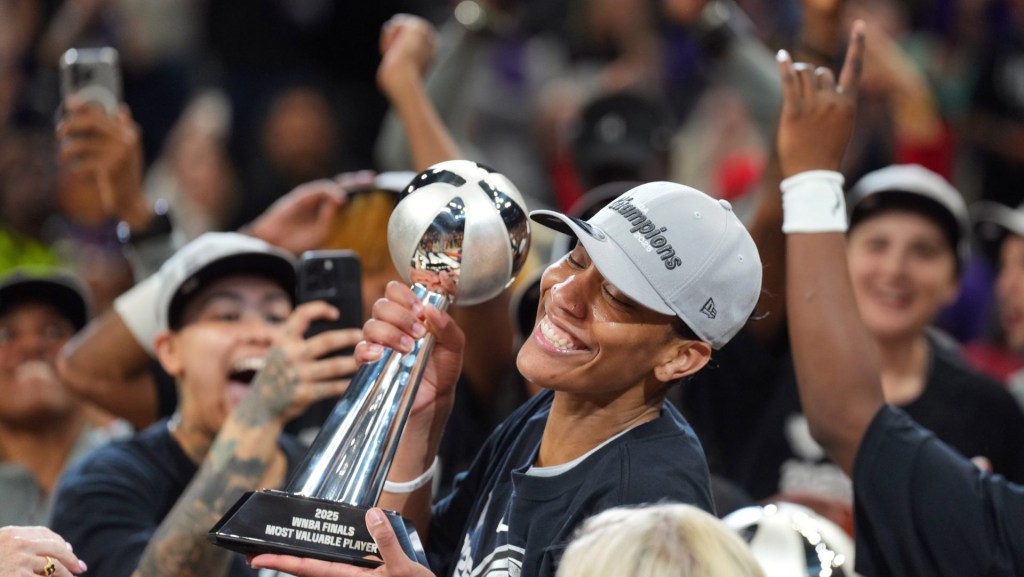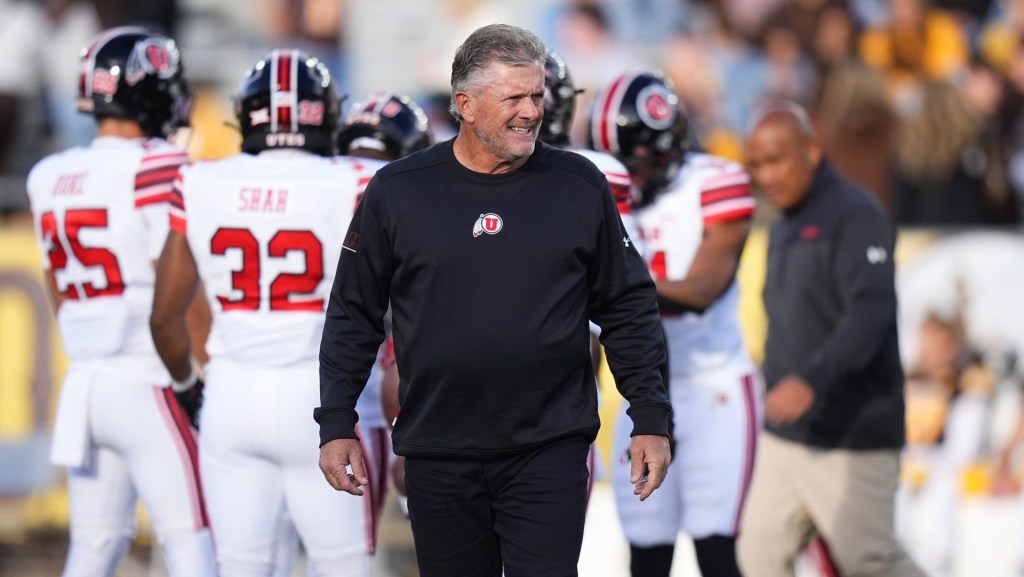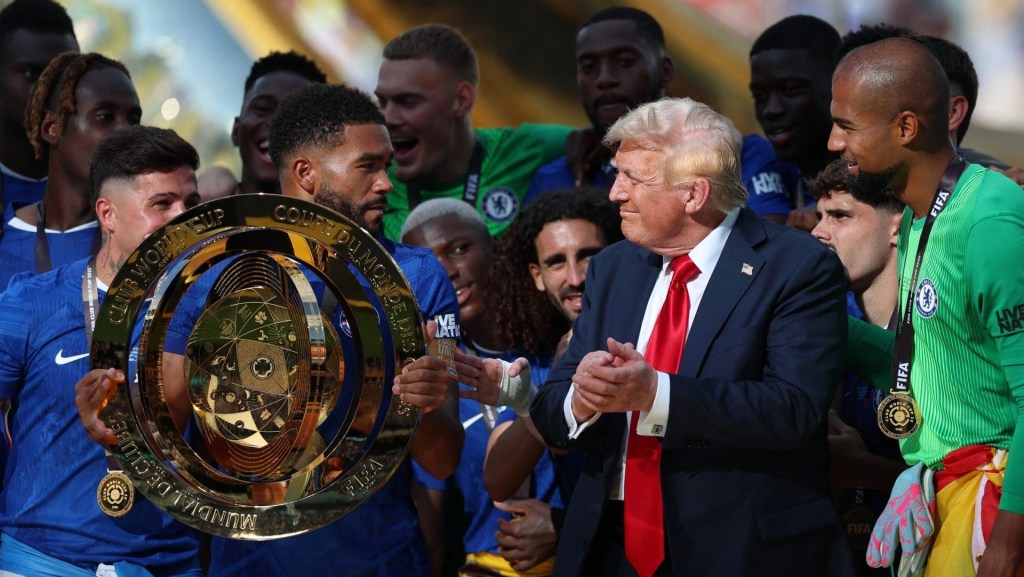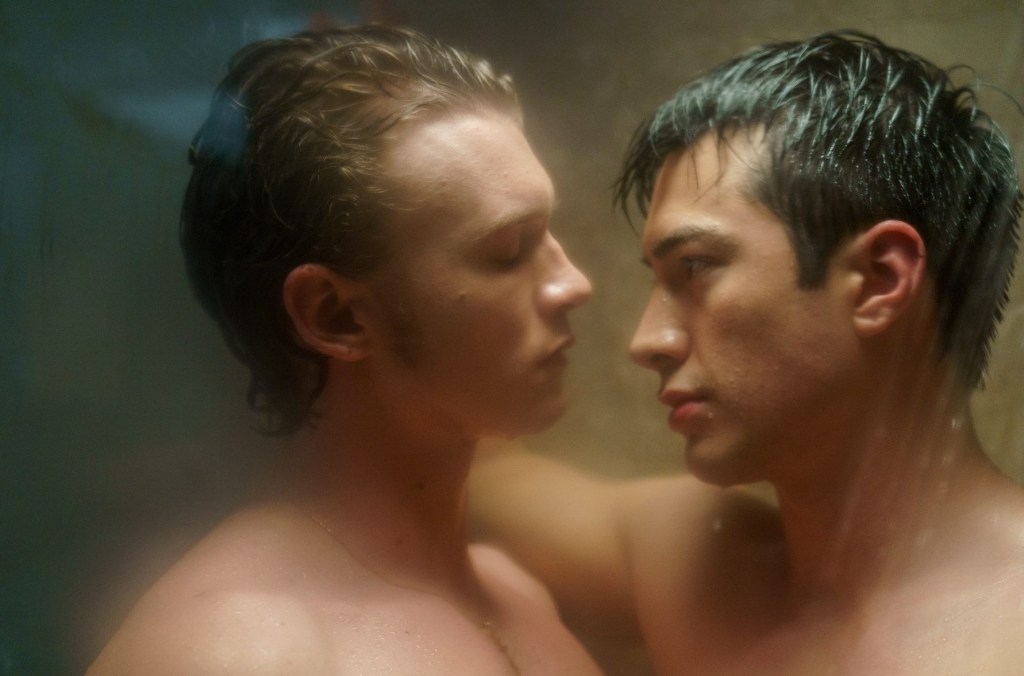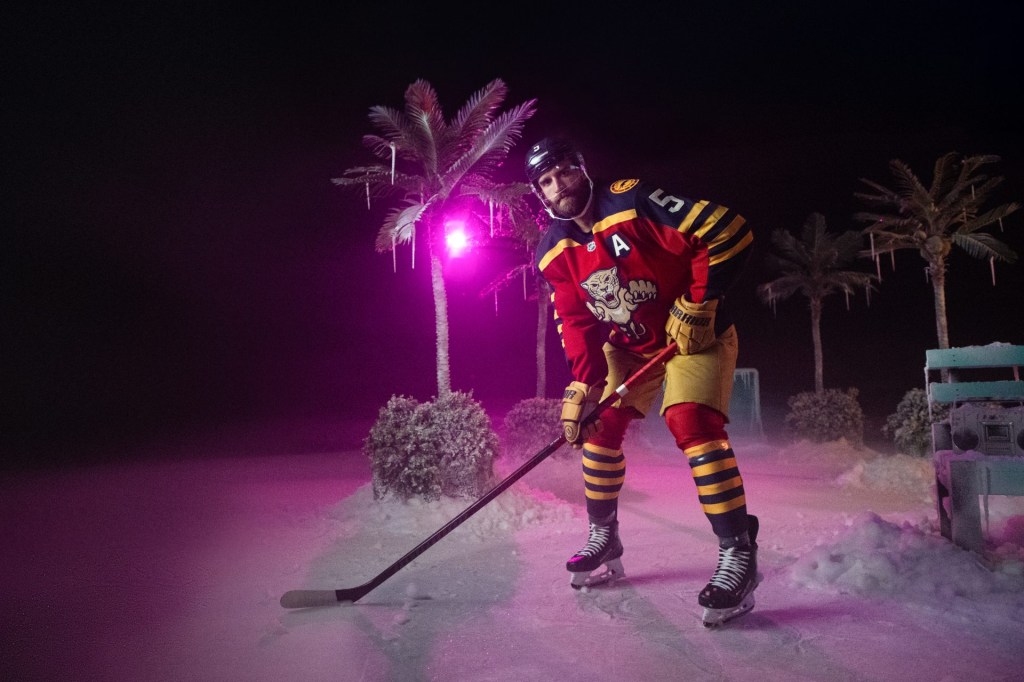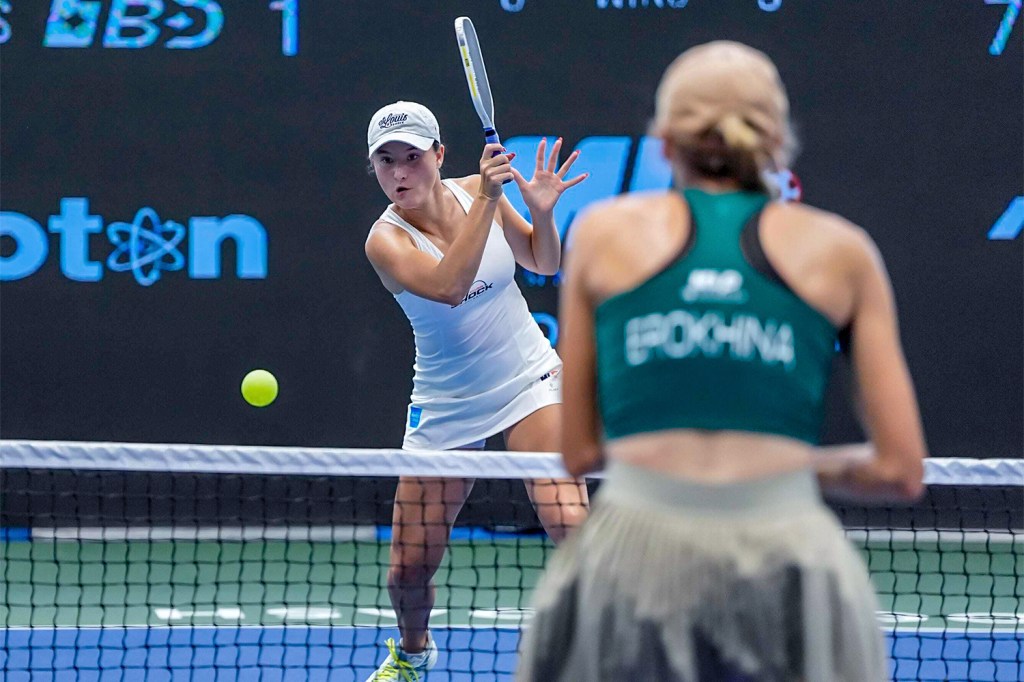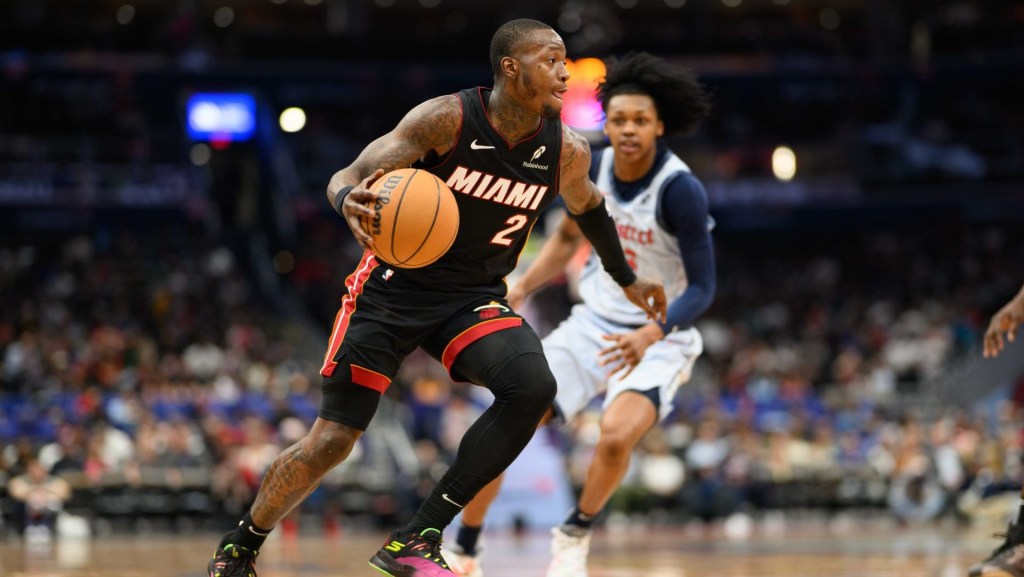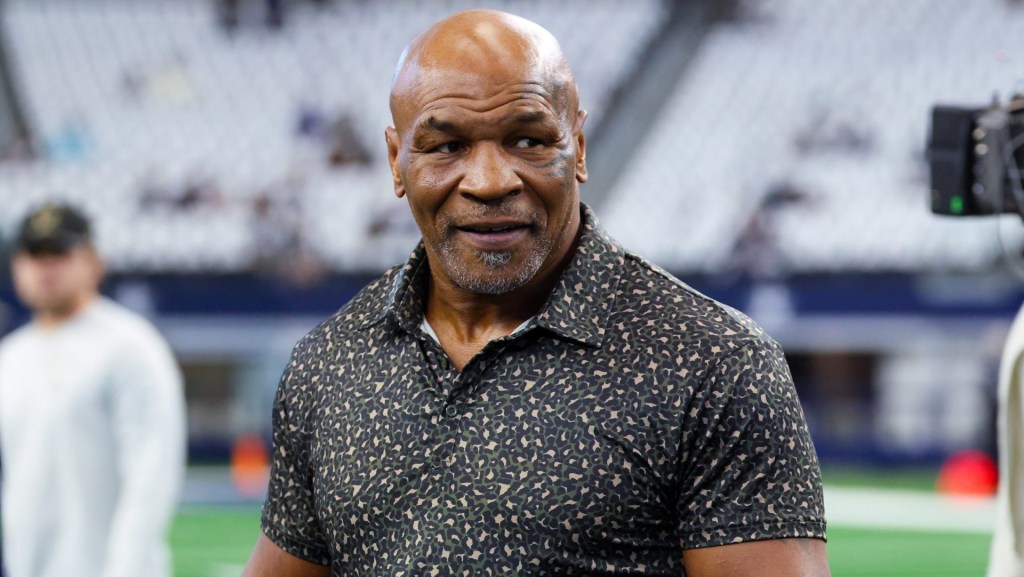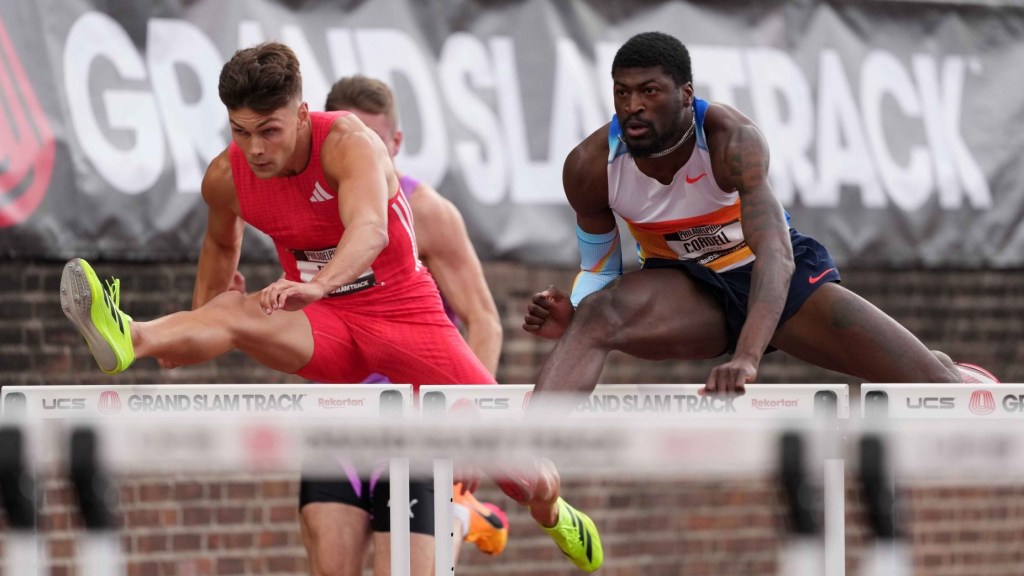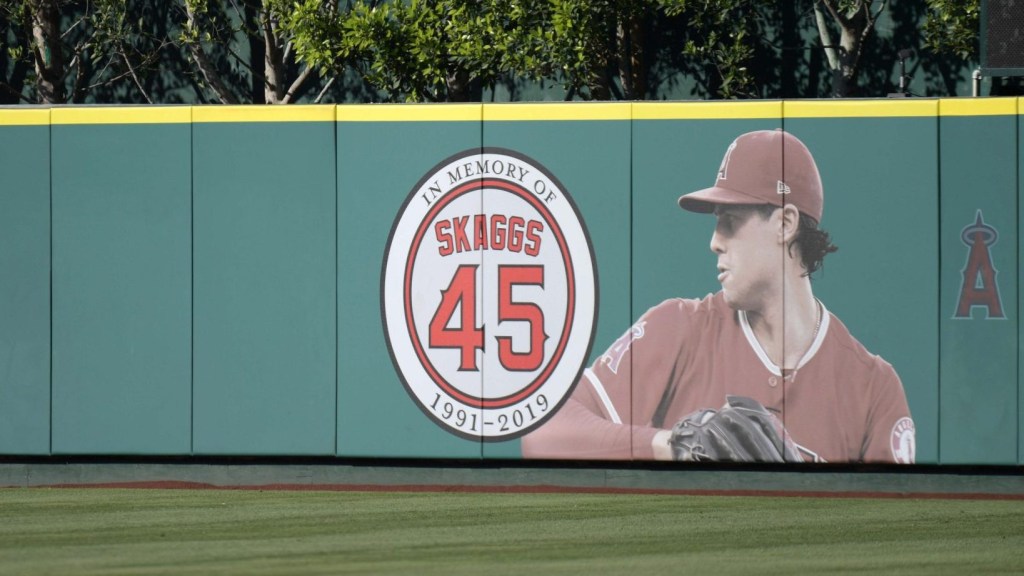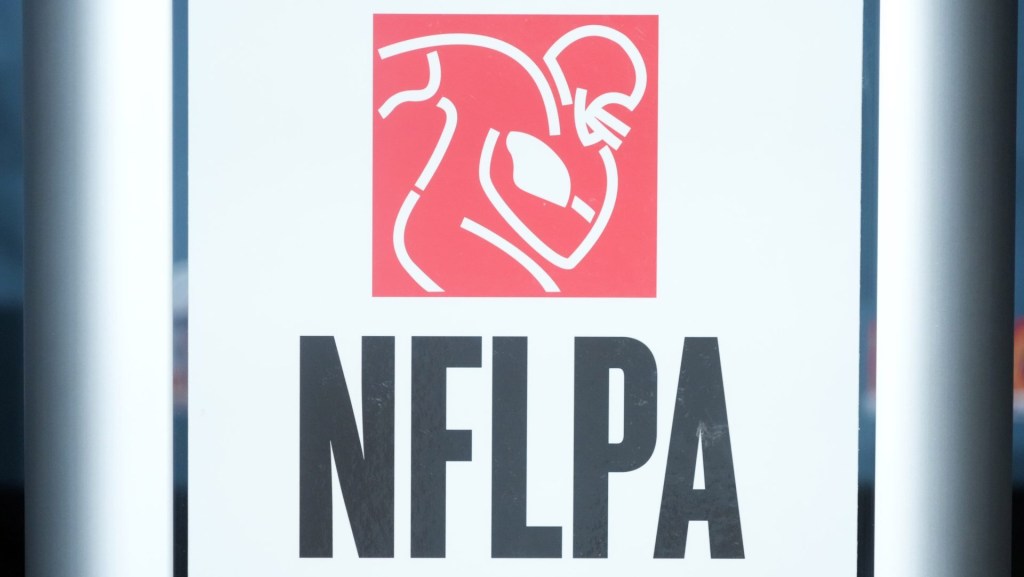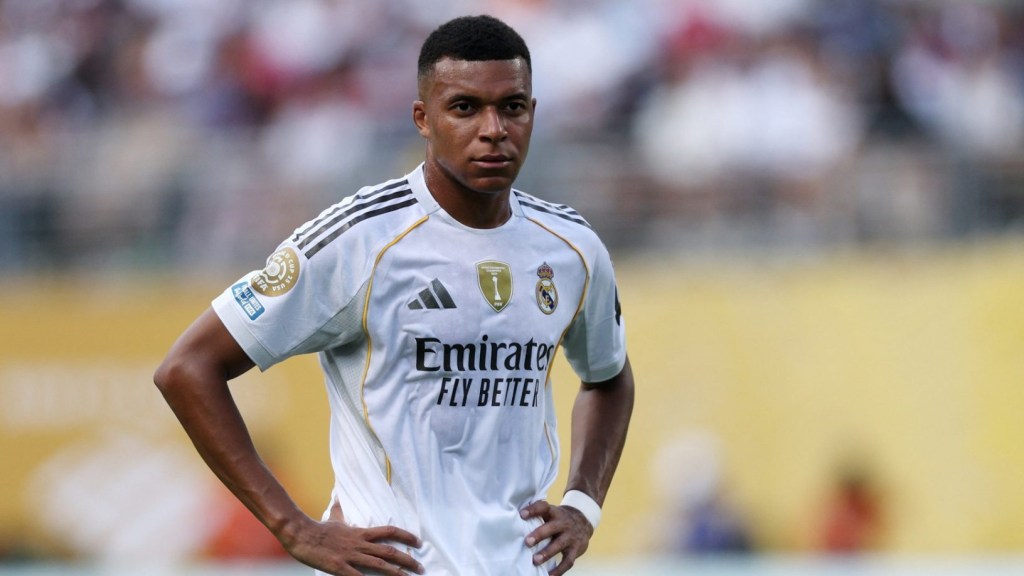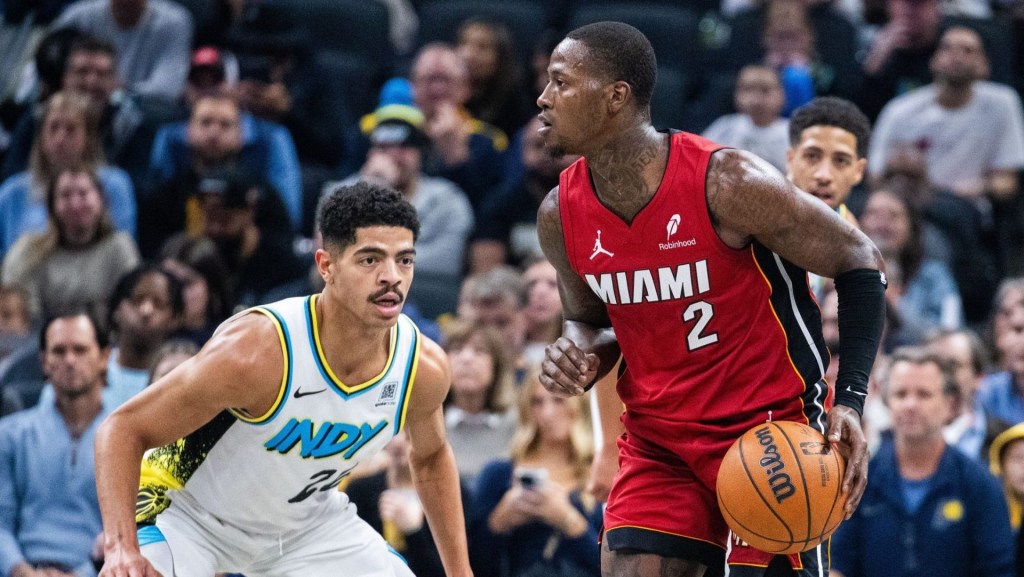On July 24, a judge acquitted five former NHL players charged with sexual assault in a London, Ontario, court room.
The high-profile trial centered on a 2018 incident in which a woman known publicly as “E.M.” said members of that year’s gold-medal World Junior Championship team forced her to perform various sexual acts without her consent.
The case has gripped the hockey world for years. After initial investigations found no wrongdoing, E.M. filed a lawsuit in April 2022 against the Canadian Hockey League (CHL) and Hockey Canada, the country’s governing body for the sport, seeking $3.55 million. The lawsuit alleged that she was sexually assaulted after a Hockey Canada gala and golf event by eight unnamed CHL players; in May, the parties settled for an undisclosed amount.
That move sparked public outcry, Parliament hearings, a temporary federal funding freeze on Hockey Canada, and a reopening of investigations by both Hockey Canada and the London Police Department. In 2024, London police apologized to E.M. as they announced charges against Dillon Dubé, Cal Foote, Alex Formenton, Carter Hart, and Michael McLeod. The story reached its zenith this spring in a closely watched eight-week trial.
“Young women in Canada have been alleging this sort of stuff from junior hockey players for decades,” author and journalist Laura Robinson tells Front Office Sports. “This is the first time anyone really paid attention.”
The public eyeballs and media scrutiny raised the stakes for Ontario Superior Court judge Maria Carroccia, who after declaring two mistrials, decided to render the verdict herself. She said the Crown “cannot meet its onus on any of the counts before me,” and all five men walked free.
Hockey has a long history of sexual violence, with players as both the perpetrators and the victims. It runs from the lowest levels in small hockey towns, to abuse within junior leagues including the CHL, to a scandal inside the 2010 Stanley Cup champion Blackhawks. E.M.’s supporters hoped the verdict could spark a reckoning, while advocates for the defendants believed E.M. had caused reputational damage to the hockey players.
The verdict has fractured the hockey world, with professional and junior leagues, the Canadian governing body, and the NHL Players’ Association all responding differently. Fans are similarly divided, with some condemning Carroccia personally while others celebrate the verdict. The split marks an uncertain future for hockey and how the sport will handle similar allegations when they inevitably happen again.
Following the verdict, a fissure appeared immediately between the NHL and its labor union over whether the players could return to the ice.
“The allegations made in this case, even if not determined to have been criminal, were very disturbing and the behavior at issue was unacceptable,” the NHL said in a statement. “We will be reviewing and considering the judge’s findings. While we conduct that analysis and determine next steps, the players charged in this case are ineligible to play in the League.”
This set off the NHLPA, which is fighting to have the players reinstated. The union says the judge’s decision means the men “should now have the opportunity to return to work.” (Four of the five players were on NHL rosters when the charges were announced in 2024.) “The NHL’s declaration that the Players are ‘ineligible’ to play pending its further analysis of the Court’s findings is inconsistent with the discipline procedures set forth in the CBA,” the players’ association said in a statement.
The NHL conducted its own investigation but hasn’t yet released those findings. And although commissioner Gary Bettman has put any return on hold for now, the league does have precedent of welcoming back individuals previously banned in sexual assault cases.
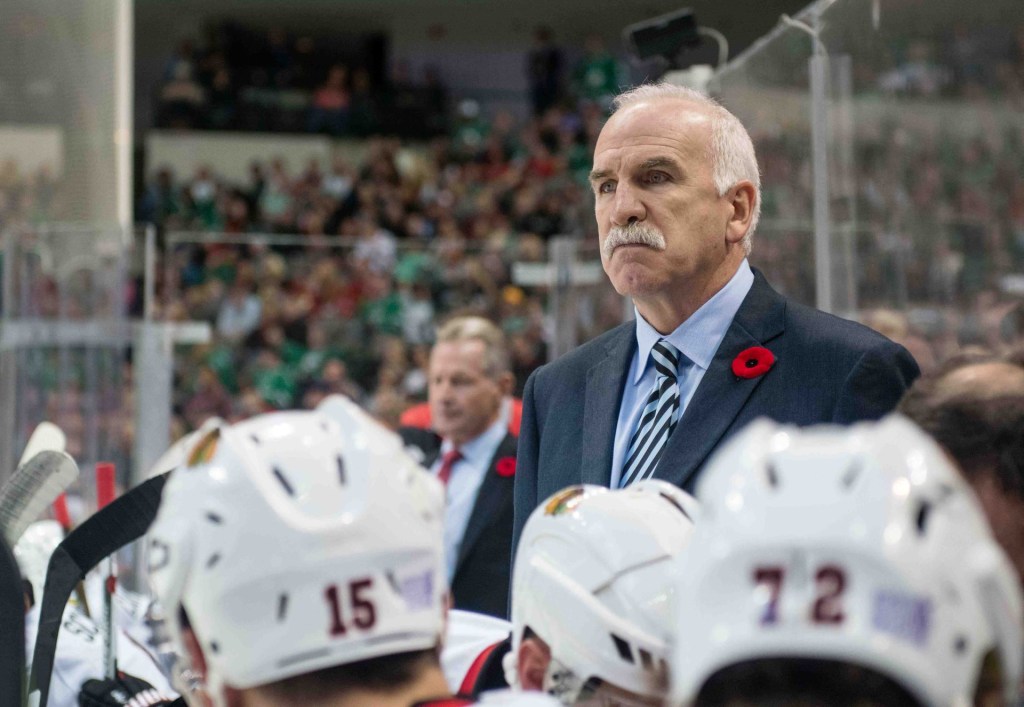
The NHL last year reinstated Stan Bowman, Joel Quenneville, and Al MacIsaac, who led the Blackhawks during their 2010 abuse scandal. The trio was banned for more than two years for an “inadequate response” when the player came forward with allegations that he was sexually assaulted by a video coach. (Another player has also sued the Blackhawks, alleging the team ignored his claims of sexual abuse by the same coach.) Since 2024, Bowman has been the GM of the Edmonton Oilers, which made last year’s Stanley Cup Final under his leadership; Quenneville, the second-winningest coach in NHL history, will be the head skipper for the Anaheim Ducks beginning this season.
While the NHL and NHLPA are at odds, Hockey Canada says it’s “not able to comment” directly on the verdict because its independent review and appeal process of the 2018 incident is still active. (As part of that process, every member of the 2018 team is suspended from participating in anything related to Hockey Canada. Avalanche defenseman Cale Makar, who has repeatedly said he wasn’t present for the 2018 incident, underwent additional reviews and was cleared to play in the NHL’s 4 Nations Face-Off in February.) The CHL has also declined to officially comment.
It’s unclear when—and if—all four stakeholders will be on the same page.
Beyond the binary of guilty or not guilty, the public has intensely focused on Carroccia’s interpretation of the facts of the case.
Within the first few minutes of her multi-hour ruling, the judge said she didn’t find E.M. to be a credible witness. “In this case, I have found actual consent not vitiated by fear,” Carroccia wrote in her 91-page decision, which also said she “cannot rely upon the evidence of E.M.” It quickly became clear which way the verdict would fall.
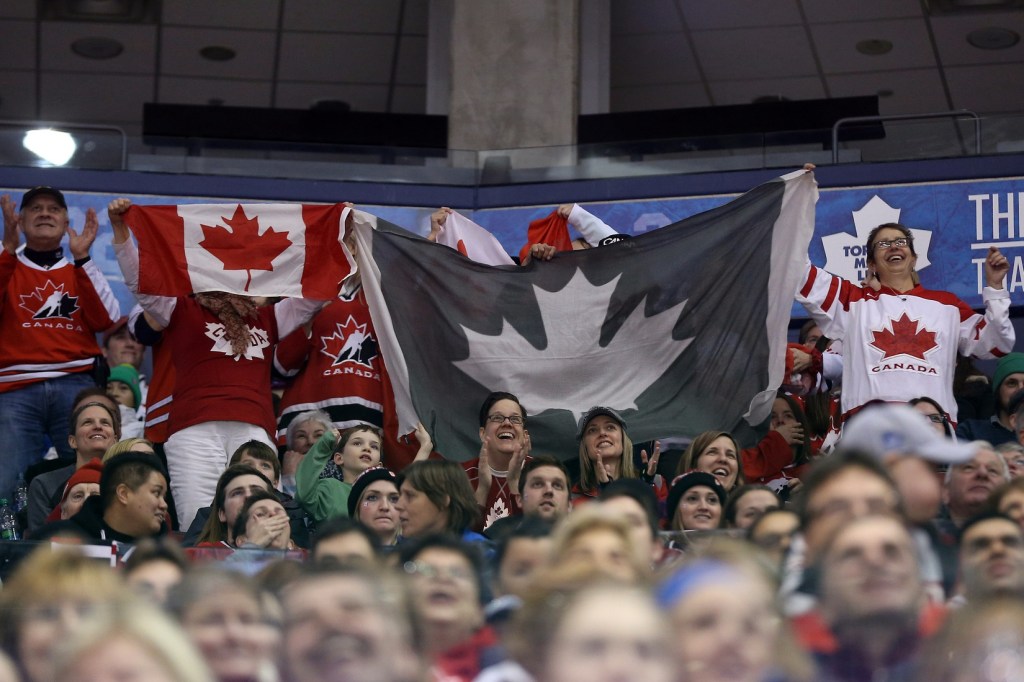
An acquittal was not totally unexpected. But Carroccia’s framing, which dismantled E.M.’s credibility, landed as a shock. As Robinson, who also authored the 1998 book Crossing the Line: Sexual Assault in Canada’s National Sport, puts it: “This judge could’ve said, ‘Everyone in that room was really drunk. I can’t rely on anyone’s testimony, therefore there is reasonable doubt and I have to acquit.’… But she didn’t. She said, ‘I didn’t find E.M.’s testimony reliable.’”
Carroccia’s stance opened a harsh division between pro-player and pro-survivor responses. Social media posts expressing support for E.M. or sexual assault survivors, many from female members of the hockey community, were met with a barrage of comments encouraging the players to sue E.M. for defamation, calling for her identity to be made public, and hurling insults at the authors of the tweets. The comment sections of posts by media outlets announcing the verdict were similarly flooded. Several posters took aim at Carroccia and how she reached her conclusion.
If the players are reinstated, interested teams will have to factor in this public response, and prepare to be the target of it. Amid a tight NHL goalie market, Hart, who was a goaltender for the Flyers when charges were announced, has been the primary subject of discourse on the players’ potential return. Fans have pushed back at even the rumor, saying they’d cancel their season tickets or even burn their team merch.
In the wake of heightened public scrutiny, Hockey Canada has been trying to make changes. In 2022, the governing body released its “Action Plan” for addressing systemic abuse, and since then created an elected athlete committee to make recommendations, held independent reviews, published annual reports tracking maltreatment in the organization, and required sexual violence and consent trainings for all national team athletes, coaches, and staff. Its board of directors is now half women. Hockey Canada also stopped using its National Equity Fund—a controversial pot of money made up in part of players’ registration fees—to pay off sexual assault settlements.
“While important progress has been made since 2022, we recognize there is still more work to be done and we will continue to update you as we drive systemic change within our National Winter Sport,” Hockey Canada’s new president and CEO, Katherine Henderson, said in an update to its Action Plan released last week.
Kristi Allain, an associate professor at St. Thomas University in New Brunswick, who researches masculinity in hockey, tells FOS that Hockey Canada still needs more transparency as a government-funded entity. (The federation receives less than 10% of its money from Canada’s government.) Robinson says anyone who has ever covered up abuse by a coach or player should be fired. She points to Sport Canada, the government’s sports policy and funding branch, which knew about E.M.’s allegations in 2018 but did not follow up with Hockey Canada. Neither entity told then–Sport Minister Kirsty Duncan.
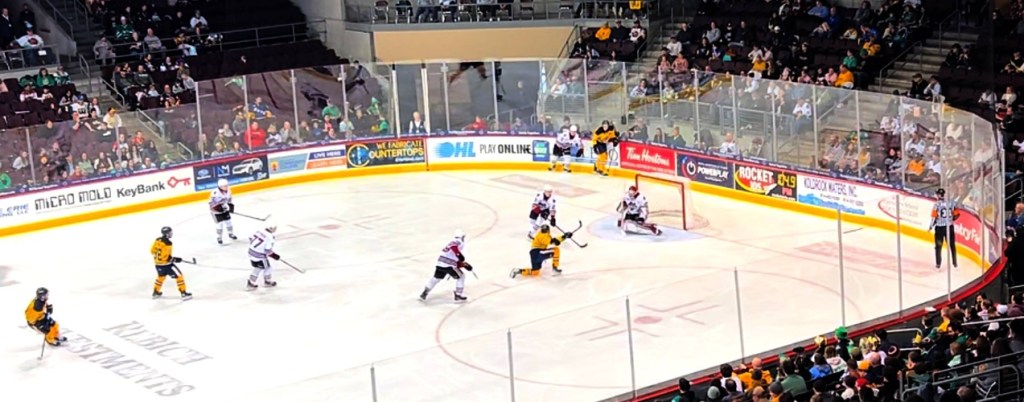
At the league level, all three of the CHL member leagues—the Ontario Hockey League (OHL), the Western Hockey League (WHL), and the Quebec Maritimes Junior Hockey League (QMJHL)—have all instituted policies. The QMJHL in particular started annual trainings in 2022 following the E.M. settlement. But without strong enforcement, training doesn’t always happen. CBC News reported in May that the official provider for the OHL trainings said that “in some areas, only a limited number have actually taken place in recent years.”
Several major cases are still ongoing. Earlier this year, the CHL was named as a defendant in a lawsuit alleging group sexual assault in 1984 by four players on the OHL’s Windsor Spitfires. And in Halifax, police tell FOS they are still investigating claims against the 2003 World Juniors team and a video allegedly showing multiple players assaulting a non-responsive woman on a pool table.
With players, fans, and institutions fractured—and more allegations under examination—hockey as a sport and a culture must figure out where it goes from here. Does the trial of the Hockey Canada 5 represent a referendum on the most insidious parts of the sport, or another entry in its long history of violence?
“This wasn’t about five men in a hotel room. It was about a kind of illness that’s produced through generations of men’s hockey and men’s hockey culture,” Allain says. “It was a big step to move from talking about bad apples to a rotten system. And if it is a rotten system, the verdict should not stop our calls for change in the culture that is damaged and damaging to our athletes, our communities, and our sense of selves.”
